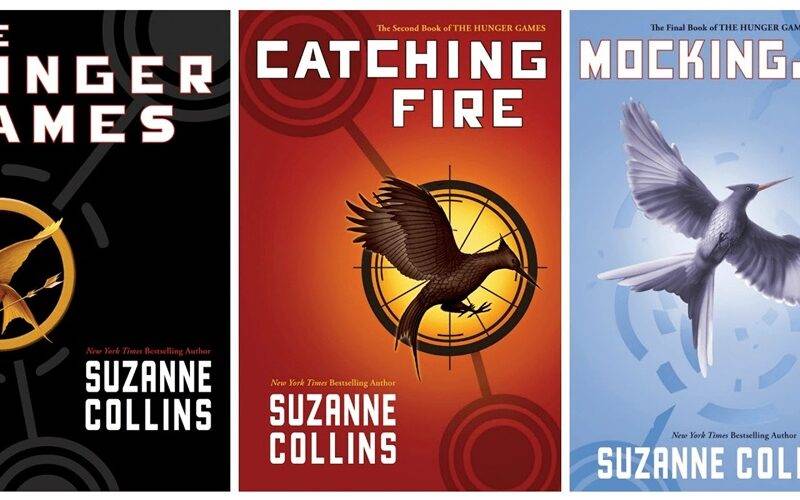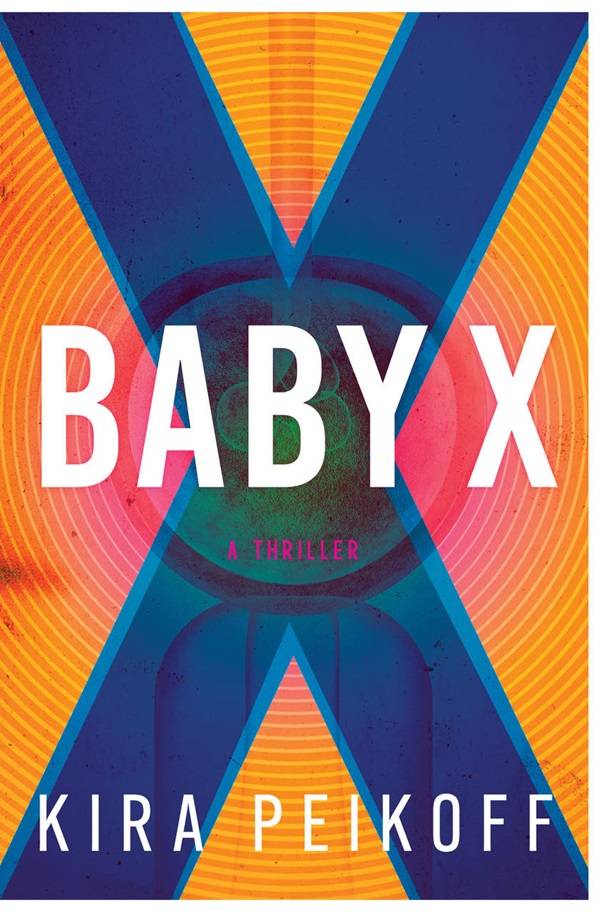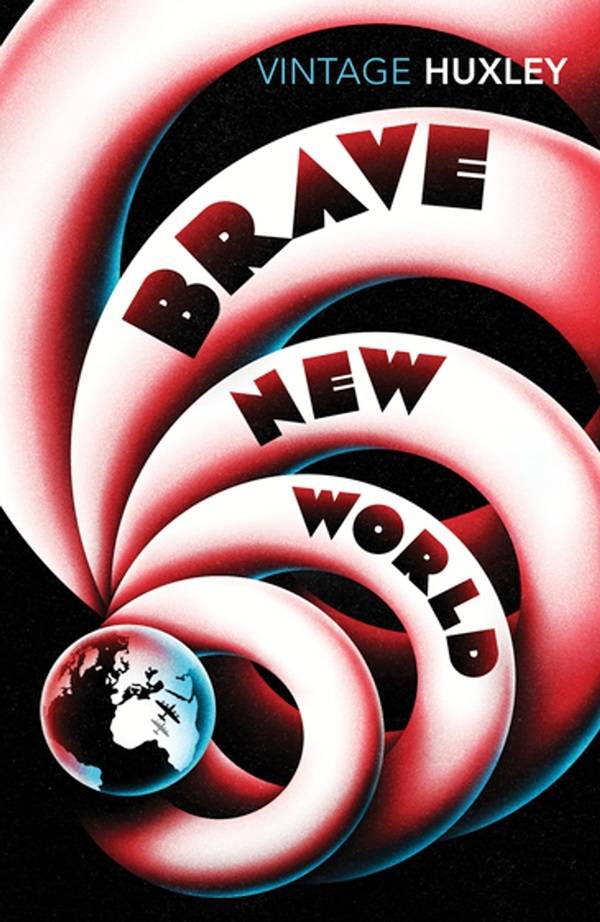Imagine a world where the society is in absolute shambles, destruction visible even past the horizon. People are living in fear – of the powerful, of death, and of literally everything. On the other hand, the powerful are enjoying their brutal dictatorship, masked under the pretense of kind help. No amount of rebellion or acceptance can restore the peace… well, until the hero arrives on the scene.
Thankfully, you don’t have to imagine such a nightmare because it’s what usually happens in a genre called dystopian fiction. This sub-genre of science fiction relies on the idea of dystopia, a term that came into existence as an antonym for utopia. But the way the authors utilize this concept differs in every novel, leading to unique interpretations for readers to enjoy!
What is Dystopian Fiction?
As mentioned above, dystopia is the opposite of utopia, featuring a setting of utter chaos, oppression, deprivation, and terror. The author shows such a setting in a variety of ways, but some are common across the genre. Usually, it is woven into the plot in the form of disease, overcrowding, public mistrust, and war. But dystopias can even go as far as combining all the points where humanity is almost extinct. Another way to paint a dystopian picture is to start the novel off with a total utopia. And then it gradually reveals itself to be a dystopia.
Usually, the protagonist is responsible for putting an end to this dystopia and freeing the people. Or at least find a way to negotiate everyone’s survival in the oppressive world. In a way, the actions of the hero/heroine are driven by the world they are in, instead of the other way around. Thus, evidently, the essence of dystopian fiction depends on the world the story is standing on.
For example, in Suzanne Collin’s The Hunger Games series, readers are taken to the future world of Panem. The powerful central government, the Capitol, forces the twelve districts to send tributes to their annual event. This event is deadly, where these tributes are forced to fight with each other until only one survives the bloodlust. This game is televised for everyone to enjoy, with the survivor winning food and necessary supplies for their district. For such a destructive event, the reason behind is appalling – maintain the Capitol’s power and provide entertainment.
This book has all the signs of a classic dystopian world– an oppressive government, social bias, exploitation and control, and media manipulation. There is no claim that Panem is a utopia. Well, maybe it is for the Capitol; for the districts though, the need to survive or sacrifice is a basic human need. It is only when the protagonist rebels against this government that she is able to create a semblance of utopia for future generations.
-
Real-Life Dystopia – Kowloon Walled City
Between the late 19th century and late 20th century, China boasted a real dystopian enclave called Kowloon Walled City. It was a land surrounded by walls, spread over a mere 6.4 acres and housing more than 30,000 residents. The British claimed the city but neglected it – and so did China. The result was an ungoverned, overcrowded city, free to do anything it wanted.
And anything it did. Crime cartels overtook the control, letting prostitution, drugs, and gambling take seed in the walled city’s soil. Businesses that would otherwise be banned were common here. However, the residents romanticized their dystopian setting, even going so far as to stop the government’s initial attempts to tear it down.
The walled city was finally demolished in the late 1900s. It left behind pride, fond memories, and a unique dystopian setting for popular culture to feast on.
The Relationship between Dystopian Novels and World-building
World-building is a fundamental element of many genres, including the branches of fantasy and science fiction. By extension, dystopian novels make this element the very essence of the plot, without which it will crumble. How so? Because, unlike other genres, the story and its conflicts revolve around the world it’s set in.
But world-building here is not just limited to giving a base. In fact, it contributes to the story in a nuanced way. Firstly, the function of world-building in this genre is to establish context. The author has to ensure that the readers understand the backdrop of the story. It is a given that the setting will be oppressive, or at the very least, flawed to the core. But how will it manifest itself? And why is the setting that way? World-building answers these and more such questions.
In Kira Peikoff’s Baby X, the characters are living slightly in the future, in the 2050s. This world, thus, has to be believable for the readers – easy to imagine as it stems from the climate of the present. Peikoff takes technology as the base, where the inventions of today are literally vintage. But such a scientifically advanced world will also have a flipside, which the author imagines as social inequality and dangers of unethical use of technology. With such a context, Peikoff is able to craft a dystopia that comes across as plausible and immersive to the readers.
Moreover, world-building is also known to enable social commentary. Dystopian writers often use their setting to convey their thoughts on the consequences of contemporary issues if not looked into early on. As a result, you often see intense motifs that are more than just themes in real life. Huxley’s Brave New World talks about the grave effects of mass production, consumerism, and social conditioning. Whereas Collins’ The Hunger Games doesn’t hesitate to speak out on media manipulation, exploitation, and social injustice.
Lastly, this element helps ensure the author can set the atmosphere they need to make a believable dystopia. For instance, in George Orwell’s 1984, the protagonist, Winston Smith, is living a future that could have been possible. To show it, the world the author builds features a bleak urban landscape with dilapidated buildings and empty streets.
Even the social climate is equally grim, dominated by Big Brother and his Party. Paranoia, fear, and suspicion whirl around in waves under his rule, making up a suffocating social climate. Conveying such an atmosphere through words is almost impossible unless there is proper world-building involved.
Final Words
Reading dystopian fiction is essential as it makes you confront society’s anxieties and the consequences of power and greed-driven actions. It makes you pause and think, but through the characters, it also makes you empathize and hope. And making this all possible is the intricate world-building, of course. With its help, the authors are able to create a singularly mesmerizing experience for the readers – in the form of dystopian novels!



